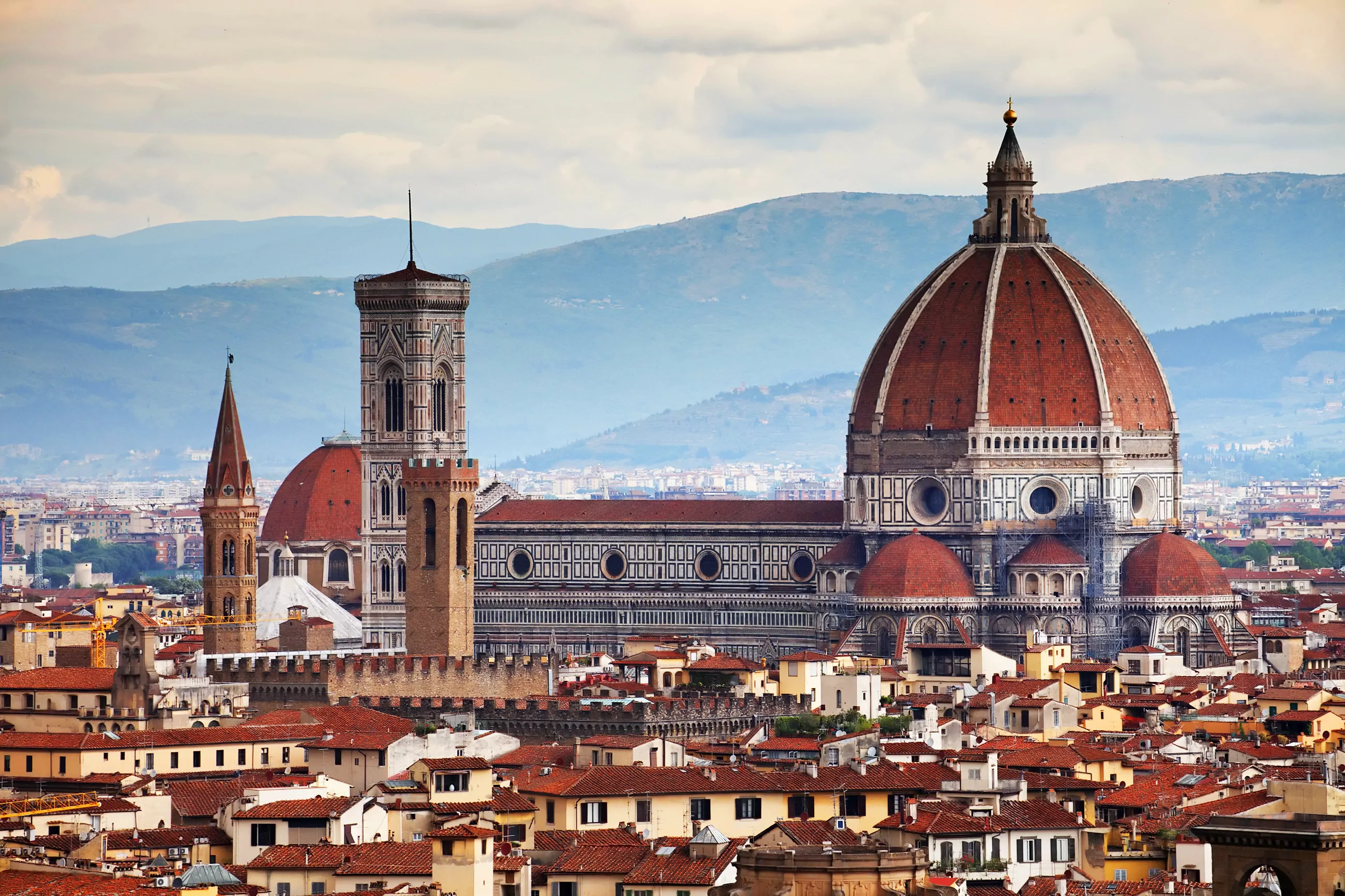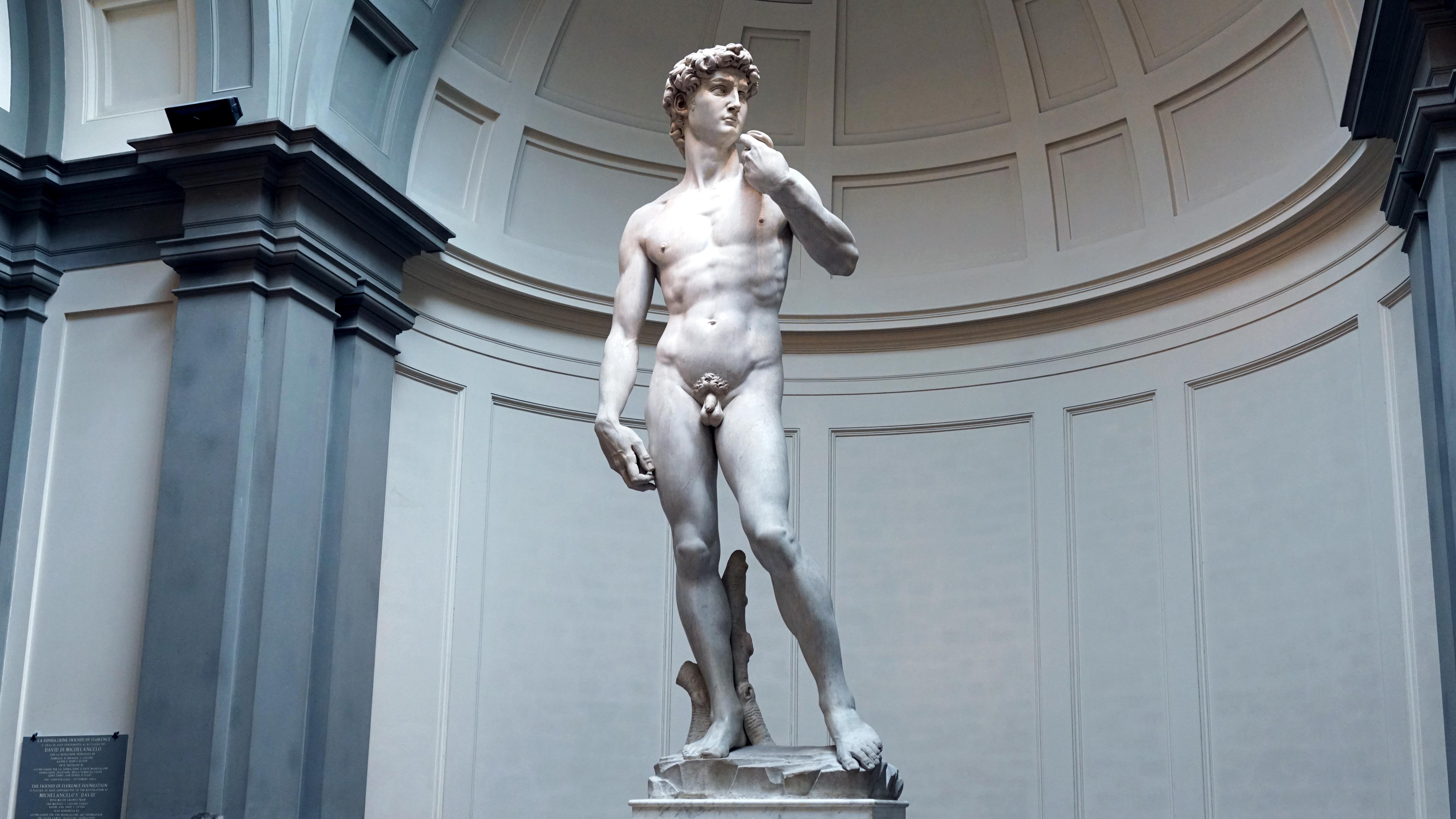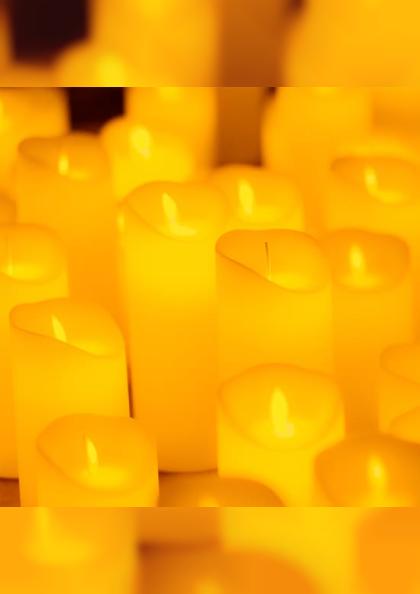Masterpieces of the Renaissance: Understanding Their Lasting Impact
The Renaissance, spanning roughly from the 14th to the 17th century, was a time of great cultural and artistic revival in Europe. It marked the transition from the Middle Ages to modernity, fostering innovations in art, science, and philosophy. The period produced some of the most iconic masterpieces in history, works that continue to influence art and culture today. From the vivid works of Leonardo da Vinci to the architectural feats of Michelangelo, these masterpieces not only defined their time but also set the foundation for centuries of creative expression.

The Birth of Renaissance Art
The Renaissance was a rebirth of classical ideas, drawing inspiration from the art and philosophy of Ancient Greece and Rome. Artists began to explore perspective, human anatomy, and the use of light and shadow in ways that had not been seen in Europe for centuries. This newfound focus on realism led to a dramatic shift in how people viewed and appreciated art.
Key Innovations in Renaissance Art:
-
Linear Perspective: This technique, developed by artists like Filippo Brunelleschi, allowed for the creation of depth and realistic spatial relationships within a painting.
-
Chiaroscuro: The use of light and dark to create a sense of volume and three-dimensionality became a hallmark of Renaissance painting, perfected by artists such as Caravaggio.
-
Humanism: Renaissance art was heavily influenced by humanism, a philosophy that emphasized the value of human beings and the exploration of individual potential.
These artistic innovations helped create works that were more lifelike and emotionally engaging, reflecting the intellectual and cultural advancements of the time.
Leonardo da Vinci: The Quintessential Renaissance Genius
No discussion of Renaissance masterpieces is complete without mentioning Leonardo da Vinci, one of the most celebrated figures of the period. His contributions to both art and science are unparalleled, and his paintings, sketches, and inventions have had a lasting impact on the world.
The Mona Lisa and The Last Supper
-
Mona Lisa: Perhaps the most famous painting in the world, Mona Lisa is known for her enigmatic smile and the masterful use of sfumato, a technique where colors and tones blend seamlessly. It’s not just a portrait; it captures a deep psychological complexity that was revolutionary for its time.
-
The Last Supper: This mural, painted for the Convent of Santa Maria delle Grazie in Milan, depicts the moment Jesus announces one of his disciples will betray him. Da Vinci's use of perspective and composition in this piece was groundbreaking, influencing how religious themes would be portrayed for generations.
Da Vinci’s ability to blend art with science, constantly seeking to understand the world around him, left an indelible mark on both fields.
Michelangelo: The Sculptor and Painter of the Divine
Michelangelo Buonarroti was another giant of the Renaissance, and his works remain some of the most iconic in Western art. Although he was a sculptor by training, his contributions to painting, architecture, and even poetry are significant. His masterpieces continue to inspire awe for their beauty, detail, and emotional depth.
The Sistine Chapel Ceiling
One of Michelangelo's most famous works is the ceiling of the Sistine Chapel in Vatican City. Painted between 1508 and 1512, it features scenes from the Bible, including the iconic Creation of Adam, where God’s finger touches that of Adam, symbolizing the spark of life. The ceiling is not just a religious masterpiece but also a profound exploration of human existence, strength, and divine grace.
David
In sculpture, Michelangelo’s David remains a symbol of strength, beauty, and the human spirit. Carved from a single block of marble, this 17-foot statue of the biblical hero David captures an idealized human form and embodies the Renaissance's celebration of human potential.
Michelangelo’s ability to capture the human body’s anatomy with such precision set new standards for sculpture, influencing generations of artists.

Raphael: Harmony and Beauty in Art
Raphael, another great Renaissance artist, is known for his harmonious compositions and graceful depictions of the human figure. He worked extensively in fresco, and his paintings are admired for their clarity, balance, and serene beauty.
The School of Athens
Perhaps Raphael's most famous work is The School of Athens, a fresco located in the Vatican. The painting depicts various ancient Greek philosophers, such as Plato, Aristotle, and Socrates, in an idealized architectural space. The composition and use of perspective in this work reflect the intellectual currents of the Renaissance, while the figures' dynamic poses convey the energy of philosophical debate.
Raphael's focus on balance, proportion, and beauty made him one of the Renaissance's most beloved artists, and his works are still considered exemplary models of classical art.
The Lasting Impact of Renaissance Art
The Renaissance laid the groundwork for modern art, with its emphasis on realism, human emotion, and intellectual exploration. The movement’s influence can be seen not only in the art of subsequent centuries but also in architecture, literature, and philosophy. Many of the themes explored during this time—such as the potential of human achievement, the pursuit of knowledge, and the relationship between man and the divine—continue to resonate in contemporary culture.
Key Influences of the Renaissance:
-
Artistic Techniques: Renaissance innovations in perspective, light, and anatomical accuracy continue to shape how artists approach their craft today.
-
Humanism: The Renaissance’s focus on human dignity and potential paved the way for the development of modern thought, inspiring future intellectual movements like the Enlightenment.
-
The Revival of Classical Antiquity: The rediscovery of classical Greek and Roman ideals shaped the Western canon, influencing art, philosophy, and education.
Conclusion: Timeless Masterpieces That Shape Our World
The masterpieces of the Renaissance were not just works of art; they were a reflection of an entire cultural shift. These works continue to captivate and inspire, as they represent the triumph of human creativity, intellect, and vision. The lasting impact of the Renaissance is evident in everything from modern art to contemporary philosophy, proving that the era’s contributions to culture and society will never be forgotten.
The beauty, innovation, and profound ideas embodied in these masterpieces have ensured their place in history, reminding us of the power of art to shape our world and our lives.





























